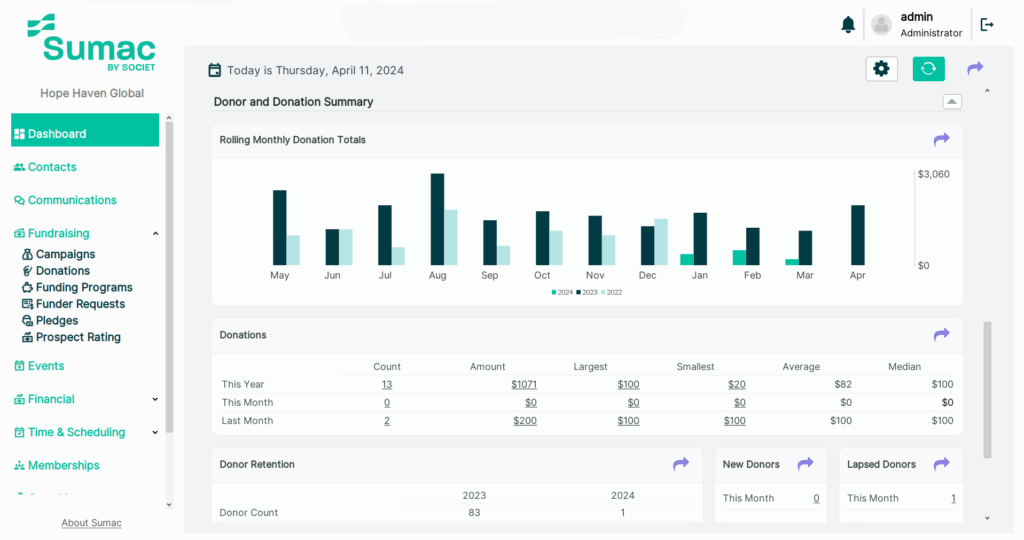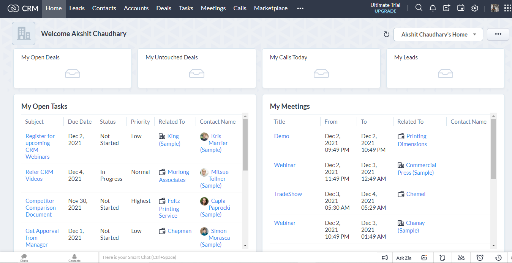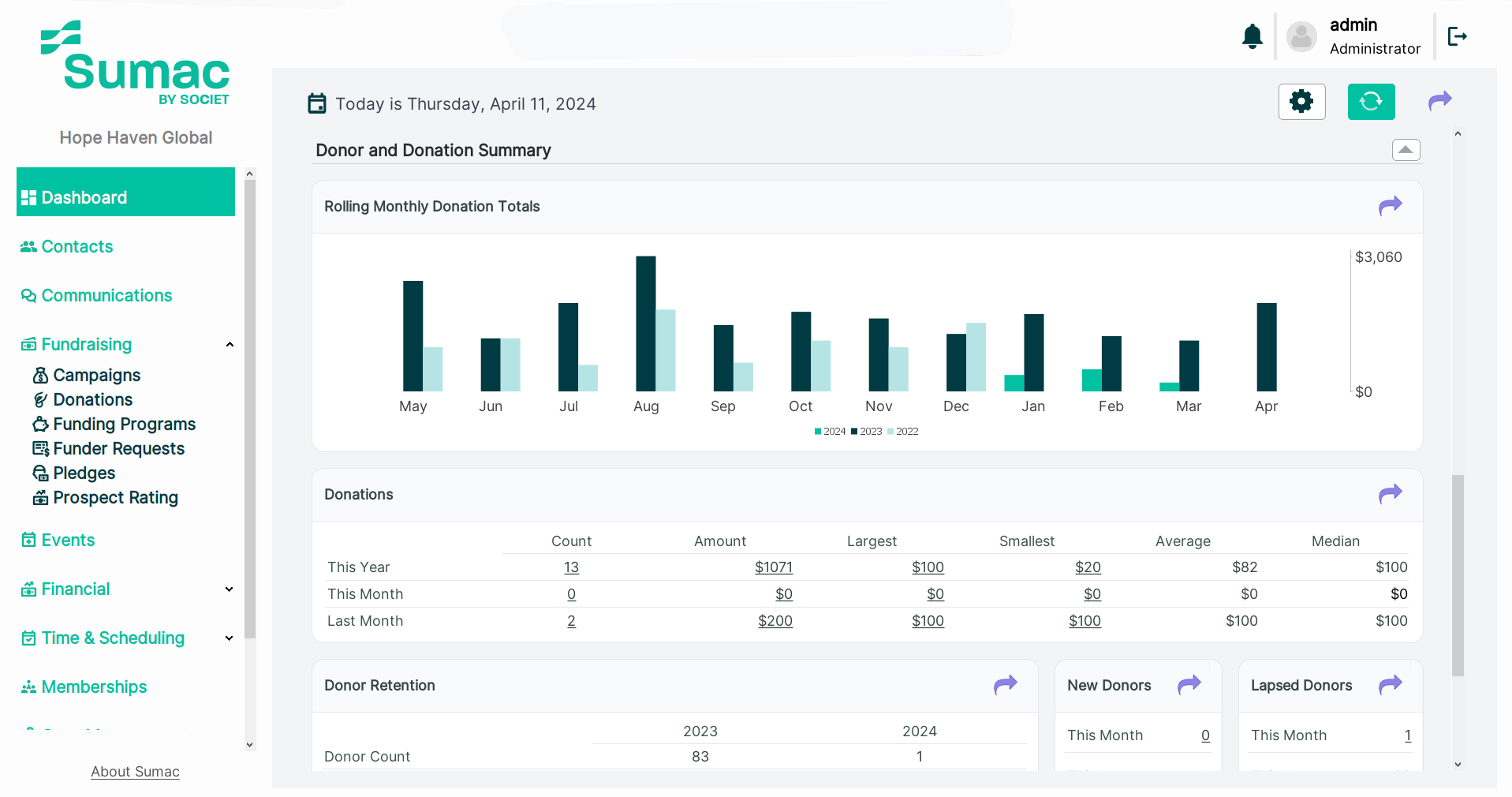
The Untapped Power of CRM for Artists
Being a small artist is a beautiful, chaotic dance. You’re juggling creativity, self-promotion, sales, and the sheer logistics of keeping your art business afloat. It’s a world of late nights, early mornings, and a constant hustle to get your work seen and sold. In this whirlwind, it’s easy to let the administrative side of things fall by the wayside. That’s where a Customer Relationship Management (CRM) system swoops in like a helpful muse, offering a lifeline to artists struggling to manage their business effectively. A CRM isn’t just for corporate giants; it’s a secret weapon for small artists looking to streamline their operations, build stronger relationships with their audience, and ultimately, sell more art.
Think of a CRM as your digital studio assistant, meticulously organizing your contacts, tracking your sales, scheduling your marketing efforts, and providing valuable insights into your audience. It’s about moving beyond the chaos and gaining control, allowing you to focus on what you love most: creating art.
Why a CRM is a Game-Changer for Small Artists
Why bother with a CRM? You might be thinking. Can’t you just manage everything with spreadsheets, email, and a trusty notebook? Sure, you could. But if you’re serious about growing your art business, a CRM is an investment that pays off in multiple ways. Here’s why:
- Centralized Contact Management: Say goodbye to scattered contact information. A CRM consolidates all your contacts – collectors, galleries, potential clients, and collaborators – in one place. You can easily access their details, communication history, and preferences, building a deeper understanding of your audience.
- Enhanced Communication: CRM systems often integrate with email marketing tools, allowing you to send targeted newsletters, personalized messages, and promotional offers to different segments of your audience. This level of personalization increases engagement and drives sales.
- Improved Sales Tracking: Keep track of every sale, from initial inquiries to final transactions. A CRM helps you manage invoices, payment schedules, and shipping details, ensuring a smooth and professional sales process.
- Streamlined Marketing Efforts: Plan, schedule, and track your marketing campaigns within the CRM. You can monitor the effectiveness of your social media posts, email campaigns, and other promotional activities, optimizing your strategy for maximum impact.
- Data-Driven Insights: CRM systems provide valuable data and analytics, helping you understand your audience, track your sales performance, and identify areas for improvement. This data-driven approach enables you to make informed decisions and grow your business strategically.
- Time Savings: Automating tasks and centralizing information frees up valuable time, allowing you to focus on creating art and connecting with your audience.
Key Features to Look for in a CRM for Artists
Not all CRM systems are created equal. When choosing a CRM for your art business, consider these essential features:
- Contact Management: The foundation of any CRM. Look for a system that allows you to store detailed contact information, including names, addresses, phone numbers, email addresses, and notes about their interests and preferences.
- Sales Tracking: The ability to track leads, manage sales pipelines, generate invoices, and process payments is crucial.
- Email Marketing Integration: Seamless integration with email marketing platforms allows you to send targeted newsletters, promotions, and announcements to your audience.
- Project Management: For artists who collaborate on projects or work with galleries, project management features can help you stay organized and on schedule.
- Appointment Scheduling: If you offer studio visits or consultations, an appointment scheduling feature can streamline the process.
- Reporting and Analytics: Gain insights into your sales performance, audience engagement, and marketing effectiveness with robust reporting and analytics tools.
- Customization: The ability to customize the CRM to fit your specific needs and workflow is essential.
- Mobile Accessibility: Access your CRM data from anywhere with a mobile app or web-based interface.
Top CRM Systems for Small Artists: A Comparative Analysis
Let’s dive into some of the best CRM options tailored for small artists, each with its own strengths and weaknesses. We’ll analyze their key features, pricing, and suitability for different artistic needs.
1. HubSpot CRM: The All-in-One Solution
Overview: HubSpot CRM is a popular choice for businesses of all sizes, and it’s particularly appealing to artists due to its comprehensive features and free plan. It’s a robust platform that covers everything from contact management and sales tracking to marketing automation and customer service.
Key Features:
- Free CRM: HubSpot offers a generous free plan that includes contact management, sales pipeline tracking, and basic email marketing features.
- Marketing Automation: Automate your marketing efforts with email sequences, lead nurturing workflows, and website tracking.
- Sales Tools: Track deals, manage tasks, and generate reports to improve your sales process.
- Customer Service: Manage customer inquiries and provide support through a shared inbox and live chat.
- Integrations: Integrates with a wide range of third-party apps, including email marketing platforms, social media tools, and e-commerce platforms.
Pros:
- Free plan with a lot of functionality.
- User-friendly interface.
- Comprehensive features for sales, marketing, and customer service.
- Excellent integrations.
Cons:
- The free plan has limitations on the number of contacts and emails you can send.
- More advanced features require a paid subscription.
Suitability: HubSpot CRM is an excellent choice for artists who want an all-in-one solution with a free plan and room to grow. It’s particularly well-suited for artists who are actively involved in sales, marketing, and customer service.
2. Zoho CRM: The Affordable Powerhouse
Overview: Zoho CRM is another popular option, known for its affordability and extensive features. It offers a range of plans to suit different budgets and business needs, making it a good choice for artists who want a powerful CRM without breaking the bank.
Key Features:
- Contact Management: Manage your contacts, track interactions, and segment your audience.
- Sales Automation: Automate your sales process with lead scoring, workflow automation, and sales forecasting.
- Marketing Automation: Create email marketing campaigns, track website activity, and nurture leads.
- Reporting and Analytics: Gain insights into your sales performance and marketing effectiveness with customizable reports and dashboards.
- Integrations: Integrates with a wide range of third-party apps, including email marketing platforms, social media tools, and e-commerce platforms.
Pros:
- Affordable pricing.
- Comprehensive features.
- Good for sales and marketing automation.
- Customizable.
Cons:
- The interface can be a bit overwhelming for beginners.
- Some features may require a paid subscription.
Suitability: Zoho CRM is a great option for artists who want a powerful and affordable CRM solution. It’s particularly well-suited for artists who are focused on sales and marketing automation.
3. Pipedrive: The Sales-Focused CRM
Overview: Pipedrive is a sales-focused CRM designed to help businesses close more deals. It’s known for its intuitive interface, visual sales pipeline, and ease of use. It’s a good choice for artists who are primarily focused on sales and want a CRM that simplifies their sales process.
Key Features:
- Visual Sales Pipeline: Visualize your sales process and track your deals through different stages.
- Deal Management: Manage your deals, track activities, and set reminders.
- Email Integration: Integrate with your email provider and track your email conversations.
- Reporting and Analytics: Track your sales performance and identify areas for improvement.
- Integrations: Integrates with a range of third-party apps, including email marketing platforms, social media tools, and e-commerce platforms.
Pros:
- User-friendly interface.
- Visual sales pipeline.
- Easy to use.
- Focus on sales.
Cons:
- Less comprehensive features compared to HubSpot or Zoho CRM.
- May not be suitable for artists who need extensive marketing automation features.
Suitability: Pipedrive is an excellent choice for artists who are primarily focused on sales and want a CRM that simplifies their sales process. It’s particularly well-suited for artists who are new to CRM systems.
4. HoneyBook: The All-in-One for Creatives
Overview: HoneyBook is specifically designed for creative entrepreneurs, making it a great fit for artists. It offers a comprehensive suite of tools to manage projects, invoices, contracts, and communication, all in one place.
Key Features:
- Project Management: Manage projects from start to finish, including proposals, contracts, and invoices.
- Invoicing and Payments: Create and send professional invoices, and accept online payments.
- Contracts: Create and manage contracts, and get them signed electronically.
- Client Communication: Communicate with clients through a centralized inbox.
- Automation: Automate tasks like sending invoices and follow-up emails.
Pros:
- Specifically designed for creative entrepreneurs.
- All-in-one solution for project management, invoicing, and contracts.
- User-friendly interface.
Cons:
- Can be more expensive than other CRM options.
- May not have as many marketing automation features as other CRMs.
Suitability: HoneyBook is a great choice for artists who want an all-in-one solution for managing their projects, invoices, contracts, and client communication. It’s particularly well-suited for artists who work on a project basis.
5. Dubsado: The Customization King
Overview: Dubsado is another CRM specifically designed for creative entrepreneurs, offering a highly customizable platform to manage projects, invoices, contracts, and client communication. It’s known for its flexibility and ability to tailor the system to your specific needs.
Key Features:
- Project Management: Manage projects, track tasks, and set deadlines.
- Invoicing and Payments: Create and send invoices, and accept online payments.
- Contracts: Create and manage contracts, and get them signed electronically.
- Client Communication: Communicate with clients through a centralized inbox and automated workflows.
- Workflows: Automate tasks like sending invoices, follow-up emails, and questionnaires.
Pros:
- Highly customizable.
- Good for project management.
- Automated workflows.
Cons:
- Can have a steeper learning curve.
- May not be as user-friendly as other CRM options.
Suitability: Dubsado is a great choice for artists who want a highly customizable CRM solution that allows them to tailor the system to their specific needs. It’s particularly well-suited for artists who have a complex workflow or specific requirements.
Choosing the Right CRM: A Step-by-Step Guide
Selecting the right CRM can feel daunting, but by following these steps, you can find the perfect fit for your art business:
- Assess Your Needs: What are your biggest challenges in managing your art business? What tasks take up the most time? What are your goals for growth? Identifying your needs will help you narrow down your options.
- Define Your Budget: How much are you willing to spend on a CRM? Consider the monthly or annual fees, as well as any potential costs for add-ons or integrations.
- Research CRM Options: Explore the different CRM systems available, paying close attention to their features, pricing, and reviews. Read articles like this one and visit the CRM provider’s websites.
- Create a Shortlist: Based on your research, create a shortlist of 2-3 CRM systems that seem like a good fit for your needs.
- Sign Up for Free Trials or Demos: Most CRM systems offer free trials or demos. Take advantage of these opportunities to test the systems and see how they work.
- Evaluate and Compare: Evaluate each CRM based on its features, ease of use, and price. Compare the different options and choose the one that best meets your needs.
- Implement and Train: Once you’ve chosen a CRM, implement it and train yourself or your team on how to use it. Take advantage of the CRM provider’s resources, such as tutorials and support documentation.
- Continuously Optimize: Regularly review your CRM usage and make adjustments as needed. Experiment with different features and workflows to optimize your sales process and marketing efforts.
Beyond the Basics: Advanced CRM Strategies for Artists
Once you have a CRM in place, you can leverage it in more advanced ways to supercharge your art business:
- Segmentation: Segment your audience based on their interests, purchase history, and engagement levels. This allows you to send highly targeted messages and promotions. For instance, you can create a segment of collectors who have purchased your abstract paintings and send them a special offer on your latest abstract work.
- Personalization: Use personalization tokens in your email marketing campaigns to address your contacts by name and tailor your messages to their specific interests. This makes your communications feel more personal and increases engagement.
- Lead Scoring: Assign points to leads based on their interactions with your website, emails, and social media posts. This helps you prioritize your sales efforts and focus on the leads who are most likely to convert.
- Workflow Automation: Automate repetitive tasks, such as sending follow-up emails, scheduling appointments, and sending invoices. This saves you time and allows you to focus on creating art.
- Integration with Other Tools: Integrate your CRM with other tools, such as your website, e-commerce platform, and social media accounts. This creates a seamless workflow and allows you to track your customer journey from start to finish.
- Analyze and Refine: Regularly analyze your CRM data to track your sales performance, marketing effectiveness, and customer engagement. Use these insights to refine your strategies and improve your results.
The Art of Staying Connected: Building Relationships with Your Audience
A CRM isn’t just about managing data; it’s about building meaningful relationships with your audience. Here’s how to use your CRM to foster connections:
- Personalized Communication: Use your CRM to personalize your communication with your audience. Address them by name, reference their interests, and tailor your messages to their specific needs.
- Regular Communication: Stay in touch with your audience by sending regular newsletters, updates, and announcements. Share your latest artwork, upcoming exhibitions, and special offers.
- Engagement and Interaction: Encourage engagement by asking questions, responding to comments, and hosting contests. Use your CRM to track your audience’s interactions and identify your most engaged followers.
- Exclusive Content and Offers: Offer exclusive content and offers to your CRM subscribers, such as early access to new artwork, behind-the-scenes glimpses into your studio, and special discounts.
- Follow-Up and Feedback: Follow up with your audience after they’ve purchased your art or attended an exhibition. Ask for feedback and show that you value their opinion.
Embracing the Future: CRM and the Artist’s Journey
The art world is constantly evolving, and so is the technology that supports it. As an artist, embracing a CRM system is more than just adopting a tool; it’s about positioning yourself for long-term success. As you continue to create, connect, and sell your art, your CRM will evolve with you, providing the support and insights you need to thrive. The best CRM is one that becomes an extension of your artistic vision, allowing you to focus on the craft you love while building a sustainable and fulfilling art business. By taking the time to choose the right CRM and learn how to use it effectively, you’re investing in your future as an artist and setting the stage for a vibrant and successful career. Remember, your art is your passion, and with the right tools, you can transform that passion into a thriving business.


